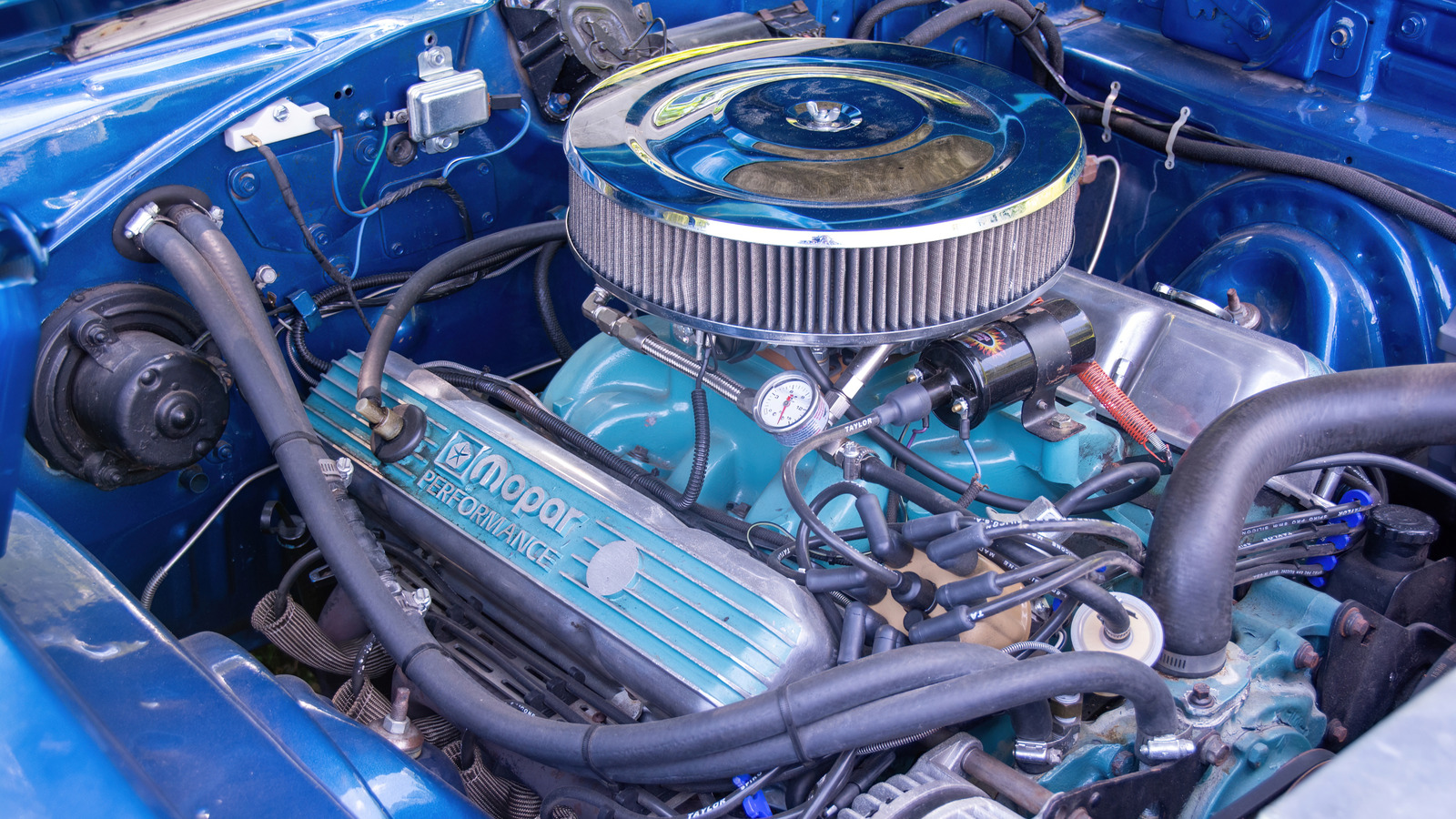What Sets Mopar’s 340, 383, and 440 Engines Apart?
If you’ve ever found yourself at a car show, you’ve probably overheard debates about Mopar’s legendary engines. The 340, 383, and 440 might sound like just numbers, but under the hood, they’re worlds apart. Let’s break down what really makes each of these powerplants unique—beyond just cubic inches.
How Do the Engine Architectures Differ?
First up, architecture. The 340 is a small-block V8, while the 383 and 440 are both big-blocks. That’s not just a technicality—it changes everything from weight to how the engine fits in the car. The 340’s compact design made it lighter and more nimble, perfect for smaller muscle cars like the Dodge Dart or Plymouth Duster. It’s the engine you want if you love a car that feels quick and agile.
The 383 and 440, on the other hand, are part of Mopar’s B and RB engine families, respectively. The 383 is a B-block, and the 440 is an RB (Raised Block), which means it has a taller deck height to accommodate a longer stroke. These engines are physically bigger and heavier, but that extra size brings a serious punch in torque—ideal for heavier cars or straight-line drag racing.
Where Does Horsepower Come Into Play?
Horsepower isn’t just about bragging rights; it’s about how the engine delivers power. The 340, especially in its high-compression, four-barrel form, was a screamer. Factory ratings put it at 275 hp, but real-world dyno tests and period road tests often hinted at numbers closer to 300 hp. Its high-revving nature made it a favorite for street racers who wanted to wind out every last RPM.
The 383 was a bit of a chameleon. In base form, it was a solid performer, but with the right options—think dual exhausts and performance cams—it could push out 335 hp. The 440? That was Mopar’s king of the hill. With versions like the 440 Six Pack, you were looking at 390 hp and torque figures that could roast tires with ease. It was the go-to for big-bodied cars like the Charger and GTX.
Why Did Mopar Offer So Many Different Engines?
It wasn’t just about giving buyers choices. Each engine had a distinct role. The 340 was for those who wanted a lightweight, rev-happy car that could handle corners and stoplight sprints. The 383 offered a balance—enough power for fun, but not so much weight that it overwhelmed the chassis. The 440 was for the muscle car purist who wanted maximum acceleration and didn’t mind a little extra heft up front.
This strategy let Mopar compete with Ford and GM across multiple segments. According to historical sales data from the late 1960s and early 1970s, Dodge and Plymouth muscle cars consistently ranked among the top sellers, thanks in part to this engine variety. It’s a classic example of how smart engineering meets savvy marketing.
How Does Engine Choice Affect Driving Experience?
Here’s where things get personal. The 340’s lighter weight means better handling and a more responsive feel. You’ll notice it most on twisty roads or when you’re hustling through traffic. The 383 gives you a bit more grunt without totally sacrificing balance. The 440? That’s all about straight-line speed. Stomp the gas, and you’ll feel the torque shove you back in your seat.
Anecdotally, many Mopar enthusiasts recall the 340 as the “sleeper” engine—unassuming but surprisingly quick. The 383 is often remembered as the workhorse, while the 440 is the legend that headlines drag strips and car shows. Each engine has its own fan base, and for good reason.
What Should You Consider If You’re Restoring or Buying One?
If you’re in the market for a Mopar classic, think about what kind of driving you’ll actually do. Want something you can toss around corners? The 340 might be your best bet. Craving that big-engine rumble and don’t mind a little extra weight? The 383 or 440 will deliver. Also, keep in mind that parts availability and restoration costs can vary. The 340, for example, has some unique components that can be pricier to source.
Expert mechanics often recommend checking block casting numbers and verifying originality, especially as values for these cars continue to climb. According to the Hagerty Price Guide, well-restored Mopar muscle cars have seen a steady increase in value over the past decade, with rare engine combinations commanding significant premiums.
The Big Takeaway
The real magic of Mopar’s 340, 383, and 440 engines isn’t just in the numbers—it’s in how each one shapes the character of the car. Whether you’re after nimble handling, balanced power, or brute-force acceleration, there’s a Mopar V8 that fits the bill. The big takeaway? Choosing the right engine isn’t about perfection—it’s about smarter adjustments. Start with one change this week, and you’ll likely spot the difference by month’s end.


